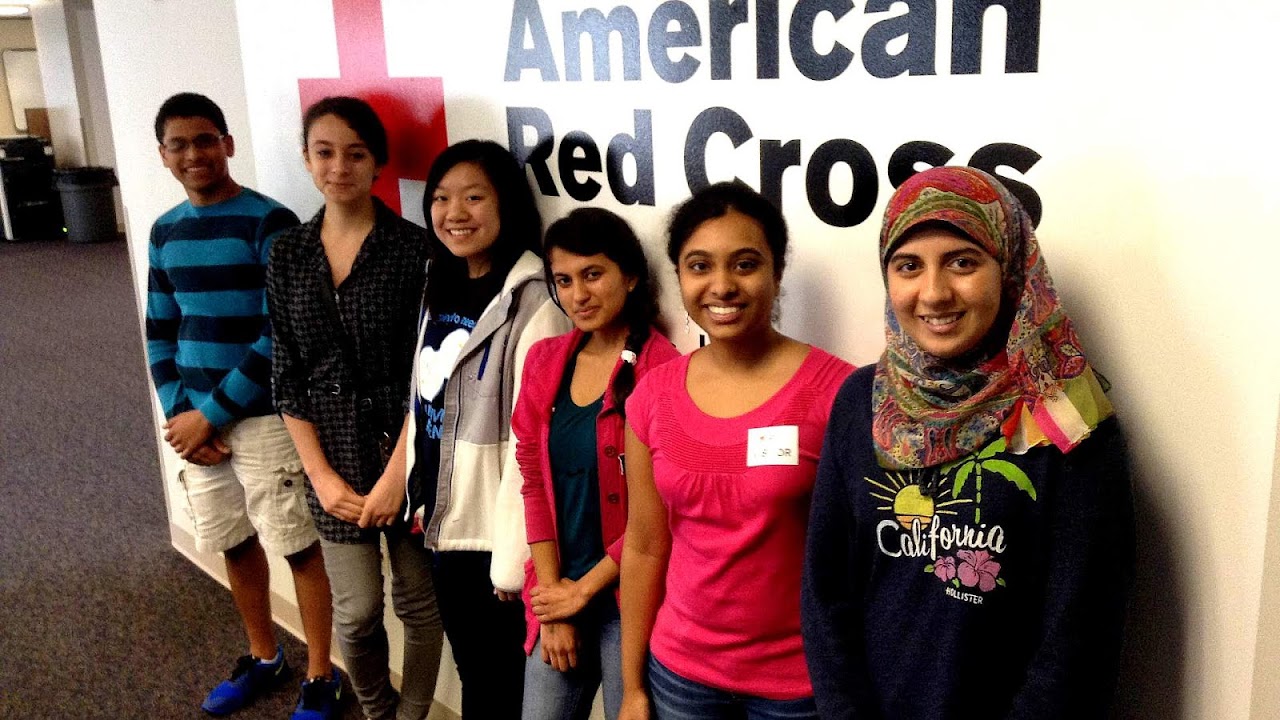
The International Hockey League (IHL) was a minor professional ice hockey league in the United States and Canada that operated from 1945 to 2001. The IHL served as the National Hockey League's alternate farm system to the American Hockey League (AHL). After 56 years of operation, financial instability led to the league's demise. Six of the surviving seven teams merged into the AHL in 2001.

Maps, Directions, and Place Reviews
History
Early years
The IHL was formed in December 1945 and initially consisted of four cross-border teams in Detroit and Windsor, Ontario. In 1947, a team from Toledo, Ohio joined the league, and the following year the IHL expanded significantly, with teams in four additional U.S. cities. The expansion did not take hold, and for 1949-50, the league was back down to teams in Detroit and Windsor as well as two nearby Canadian cities, Sarnia, Ontario and Chatham, Ontario. Windsor dropped out in 1950, and expansion into the U.S. began again, with Toledo rejoining the league and new teams in Grand Rapids, Michigan (1950), Troy, Ohio, (1951), Cincinnati (1952), Fort Wayne, Indiana (1952), and Milwaukee (1952). At the same time, the last Canadian team left the league in 1952, when the Chatham Maroons pulled out. Three new U.S. cities were added in 1953. The league would expand and shrink between five and nine teams through the 1950s, with another major expansion in 1959. In the 1962-63 season, the IHL played an interlocking schedule with the NHL-owned Eastern Professional Hockey League, which itself folded after its 1963 season. After 11 seasons as a strictly U.S.-based league, the IHL admitted two Canadian teams in 1963, with the Windsor Bulldogs and the return of the Chatham Maroons. Both teams dropped out after one season, however, and the league would not have a Canadian team again until 1996.
Major market expansion
Starting in the late 1960s, the IHL's quality of play significantly improved. By the mid-1970s it was on par with the American Hockey League (AHL), the longtime top feeder league for the National Hockey League. Many IHL teams became the top farm teams of NHL teams. In 1984, the league swallowed up many surviving members of the Central Hockey League, which had ceased operations.
Beginning in the late 1980s, the IHL began an expansion into major markets such as Atlanta, Cincinnati, Cleveland, Denver, Houston, Indianapolis, Kansas City, Las Vegas, Minneapolis-Saint Paul, Orlando, Phoenix, Salt Lake City, San Antonio, San Diego, and San Francisco. Many of these markets were served by the defunct World Hockey Association or were abandoned by the NHL. The IHL also entered markets that already had NHL teams, such as Chicago, Detroit, and Long Beach (near Los Angeles). In the mid-1990s, the IHL moved its Atlanta and Minneapolis-Saint Paul franchises to Quebec City and Winnipeg respectively, restoring the league's Canadian presence and filling the void left by the departure of the NHL's Quebec Nordiques and the original Winnipeg Jets.
As the league expanded into larger markets, many of the smaller-market teams (such as Fort Wayne and Kalamazoo) left the IHL and joined lower-level leagues.
Decline and collapse
The IHL's expansion into NHL markets put a strain on relationships between the leagues. There was some speculation that the IHL was intending to compete directly with the NHL, especially when a lockout in 1994-95 threatened to wipe out the NHL season. However, in the 1995-96 season, the IHL's "soft" salary cap was just $1.5 million, while the lowest NHL team payroll that season was $11.4 million.
In response, many NHL clubs shifted their affiliations to the AHL, and by 1997-98, only four of 18 IHL teams had NHL affiliations. With the loss of subsidized salaries, high expansion fees (by the end the league was charging as much as $8 million US for new teams), exploding travel costs and the NHL itself moving back into some of its markets, the league's rapid expansion proved a critical strain, and it folded after the 2000-01 season.
Six IHL franchises (the Chicago Wolves, Grand Rapids Griffins, Houston Aeros, Utah Grizzlies, Milwaukee Admirals and Manitoba Moose) were admitted into the AHL as expansion teams for the 2001-02 season. Between them, they have played for the AHL Calder Cup seven times, winning four--including three in a row after their arrival. As well, the Cincinnati Cyclones were admitted back to the East Coast Hockey League, which hosted the team from 1990 to 1992 before they moved to the IHL. The Orlando Solar Bears (the final IHL champions) and the Kansas City Blades were not admitted into the AHL because their owner, Rich DeVos, who also owned the Griffins, could only own one AHL franchise. The league's other two teams, the Cleveland Lumberjacks and Detroit Vipers, ceased operations with the league.
Three former IHL teams that moved to the AHL have since relocated. The Utah Grizzlies moved to Cleveland, Ohio to become the Lake Erie Monsters (rebranded as Cleveland Monsters in 2016) in 2007, the Manitoba Moose moved to St. John's, Newfoundland and Labrador to become the St. John's IceCaps in 2011 before moving back to Winnipeg in 2015, and the Houston Aeros moved to Des Moines, Iowa to become the Iowa Wild in 2013. Three IHL franchises have been relaunched in lower-tier leagues since the IHL's demise. The Utah Grizzlies name was revived by the former Lexington Men O' War of the ECHL when they moved, and the Orlando Solar Bears restarted as an ECHL expansion team. The Peoria Rivermen have had three more franchises with an expansion team in the East Coast Hockey League from 1996 to 2005, a relocated Worcester IceCats in the American Hockey League from 2005 to 2013, and a fourth incarnation of the Peoria Rivermen subsequently launched in the Southern Professional Hockey League in 2013.
Ihl Teams Video
Trophies and awards
- Source.

Franchise timelines
Source of the article : Wikipedia


EmoticonEmoticon